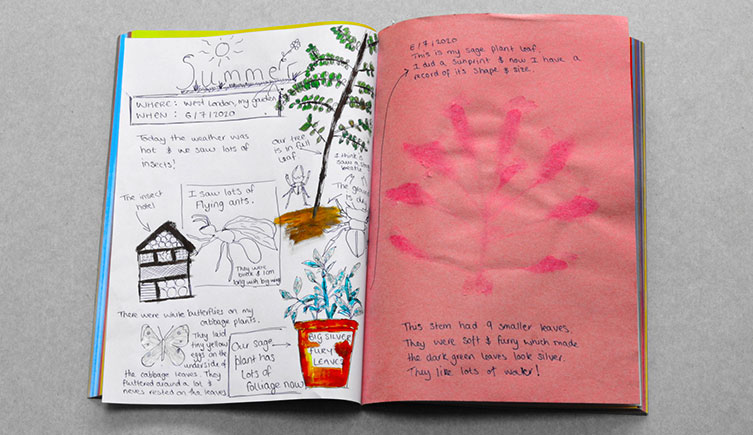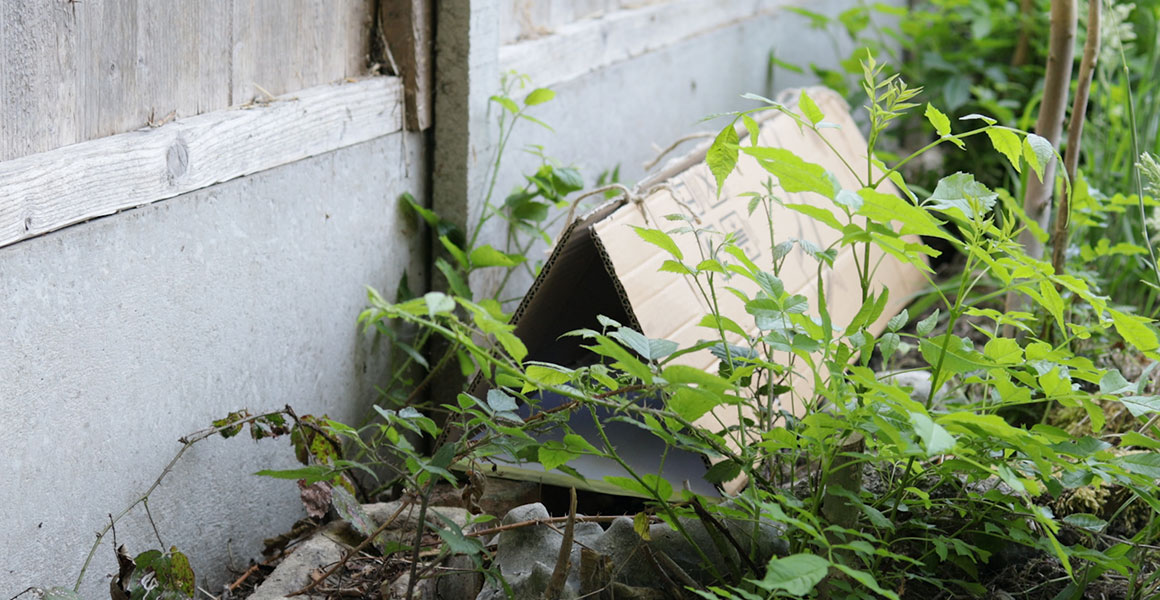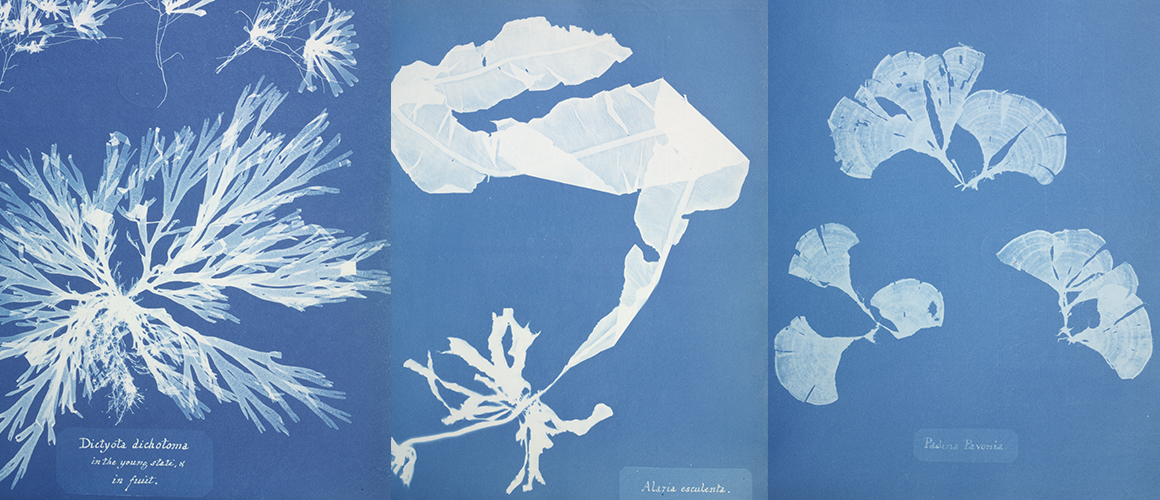How to make an easy Sun print
Making Sun prints is a fun activity that can turn leaves and flowers into simple but distinctive artworks. They can make a great addition to a nature journal.
You can make an easy Sun print without any expensive materials. You just need construction paper and a sunny day.
You will need:
- construction paper (also called sugar paper)
- clear tape
- plants, such as leaves and flowers
- a window
1. Collect a selection of leaves and flowers. Always make sure that you have permission to take the plants and try not to damage them or pick too many. If you're picking wild plants, make sure you stick to the BSBI code of conduct.
2. Arrange your plants on the construction paper according to your artistic tastes. Gently flatten any bulky flowers so that the petals splay out.
3. Use thin strips of tape to secure your plants on the paper.
4. Tape your paper onto a window, with the plants facing outwards.
5. Leave the paper in the Sun for a few hours. It may take a couple of days if it's cloudy or your window is north-facing.
6. When ready, carefully remove the tape and plants to reveal the Sun prints.
7. Why not save your Sun prints in a nature journal? You can describe what plants they are and where you found them.
Botanical photograms and Anna Atkins
A Sun print is a type of photogram - an image made by placing an object directly onto a light sensitive surface.
The dyes used in construction paper give strong colours but are unstable in ultraviolet (UV) light. The paper will quickly fade if exposed to a strong source of UV light, such as the Sun.
Plants are good specimens to capture with the photogram process, as they can be pressed flat but still keep many of their important details.
Anna Atkins (1799-1871) was a botanist and early photographer who pioneered the use of photograms to capture images of algae, ferns and other plants. She was the first person to illustrate a book with photographic images, using the cyanotype process. You can view images from her Photographs of British Algae: Cyanotype Impressions, held in the Museum Library and Archives.









Don't miss a thing
Receive email updates about our news, science, exhibitions, events, products, services and fundraising activities. We may occasionally include third-party content from our corporate partners and other museums. We will not share your personal details with these third parties. You must be over the age of 13. Privacy notice.
Follow us on social media